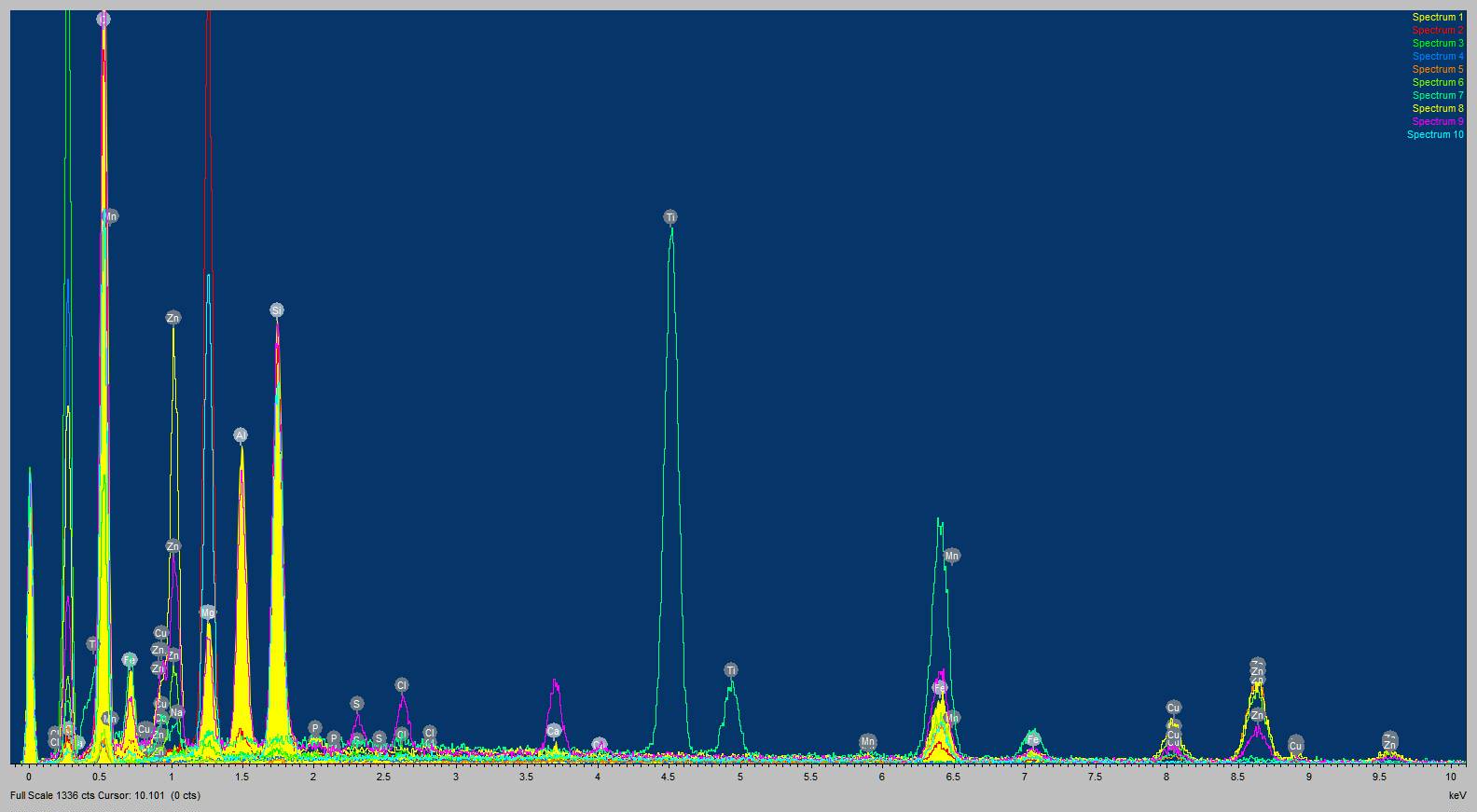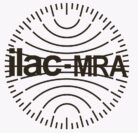
Many of us have been in the situation where we look at our car or our washing and wonder ‘just how did it get covered in that dirt?’ In most cases nuisance particles are just that, ‘a nuisance’, causing time and effort/cost to remove or clean. In some cases these same particles can be quite harmful, in others it can mean a breach of compliance with local, state or federal government regulations which limit or control the emissions that are allowed to be released from a business or process.
So how can you tell what a particle is and where it’s come from?
Microanalysis Australia is routinely tasked to do just that. Metal fabrication plants often grind, weld, sand blast and spray paint as part of their daily manufacturing/repair processes. It may not always be possible to conduct such activities in a controlled (indoor) environment and occasionally a release of errant particulate may be carried on the wind onto neighbouring properties. Depending on the wind conditions, freshly created particles of metal fragments, welding fume or spray paint may drift and settle on buildings, cars, boats etc which, if left unchecked can build up to unsightly levels at best or damage surfaces prematurely and cause ill health at worst.
Scanning electron microscopy (SEM) allows the automated or manual, rapid analysis of between hundreds and thousands of particles and the associated mineralogy and likely origin to be determined.
The particles in the above image were collected on site using double-sided carbon tape, an SEM-ready acquisition technique that allows particles to be quickly analysed and interpreted. The particles range in size from 5 µm to 80 µm and represent garnet blast media covered in paint and steel fragments from a metal preparation process. Carbonaceous fibres from local flora can also be seen. The relative abundance of the elements can be used to compare against suspect mineral/metal phases and used to positively identify particles by specific origin.
Microanalysis can differentiate sand blasting media – from garnet, olivine, staurolite and other neosilcate minerals, to metal/metal oxides, glass beads and steel media. Tell-tale signs of controlled particle size coupled with high angularity (post blast-induced fracture) and associated pigments such as titania and barite lend weight to the activities being conducted when the blast media was being used. Welding fume has its own size, morphology and chemical fingerprint and is readily distinguished from background environment dust.
Local regolith (local environment geology) often needs to be taken into consideration when highlighting anthropogenic phases.
Airborne dusts from stockpiles or earthworks may travel considerable distance if their size distribution is fine enough. Naturally occurring mineral fibres or components of low toxicity at the point of origin may be concentrated and effectively refined by wind transport meaning that locations downwind may be exposed to a size range and composition that may only represent a trace component of the original material. Air monitoring is useful in abstracting inhalable and respirable size fractions over longer acquisition times to get time weighted averages of dust emissions for both static (positions in a designated environment) and personal (individuals moving around an environment). Microanalysis routinely measures the quantity and composition of particles on filters used to collect both total suspended particulate (TSP) and inhalable (PM10) and respirable (PM4) particles. Morphologies and mineralogies of these particulates are crucial in understanding the risks posed to health as well as general amenity.
Rick Hughes








